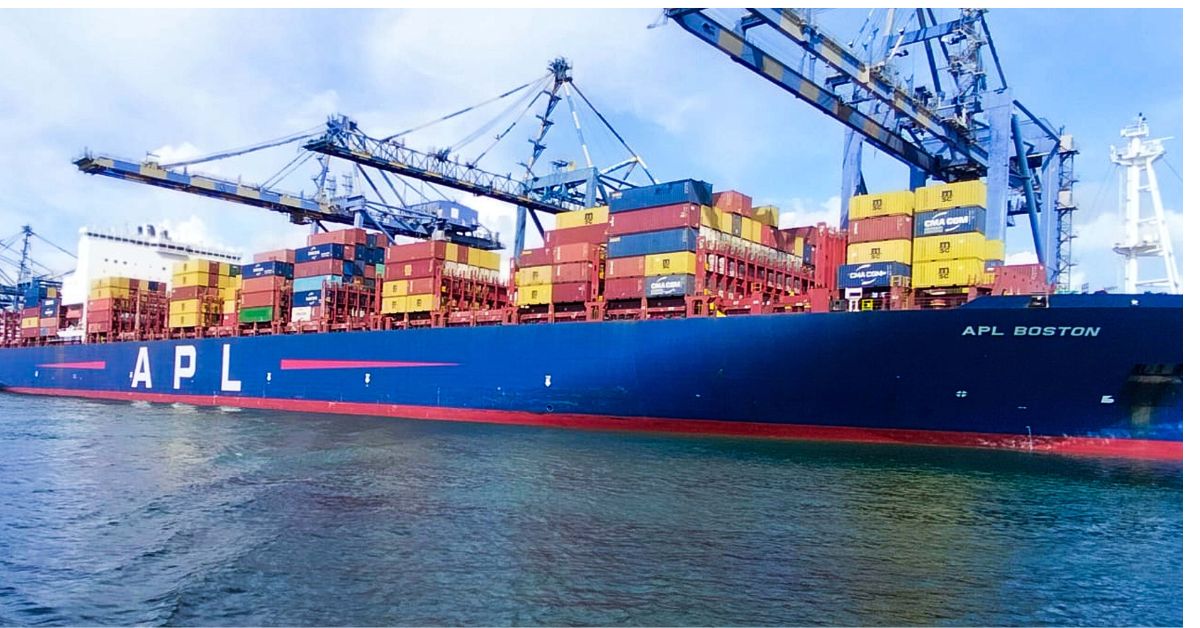Source: Container news
Those same diversions could further boost carrier incomes as the peak season volumes see demand soar, according to consultants Maritime Strategy International (MSI).
A quarter-on-quarter increase from a US$700 million net loss in Q4 2023 to a net income of US$5.4 billion in the first three months of this year. That is still a major decline from the first quarter of last year when carriers achieved US$13.7 billion in profits.
However, Blue Alpha Capital’s analyst John McCown pointed out that the turnaround in profits comes on the back of six straight quarters of declining profits, which itself followed seven quarters, with each of these quarters a record profit for the industry.
“Just as pricing drove those roller-coaster results, it drove the latest quarter,” said McCown, adding, “The difference is that the catalyst for the latter was pricing increases emanating out of the Red Sea situation. The actions of the Houthi terrorists have resulted in most container ships in the Asia to Europe trade lane avoiding a Red Sea routing in favour of the longer routing around Africa.”
According to the analyst, the Asia to Europe trades a quarter of global container miles and has had the effect of absorbing some 8% of capacity.
The absorption of that capacity has seen a rapid return to profitability for the lines as MSI noted in its March Horizon report, spot rates from Asia to Europe had declined US$3,189/FEU by late March, from US$5,492/FEU in January.
By May, MSI’s Horizon noted, “After three months of decline over February-April, spot freight rates shot up significantly and unexpectedly in the first half of May.”
Using Xeneta data, MSI said Far East-North Europe headhaul trades stood at US$3,805/FEU on 14 May, about 20% higher than at the end of April.
“This was partly driven by a push by major carriers to lift rates through GRIs on the 1 May. However, for the GRIs to stick, the market must be grounded in healthy demand-supply fundamentals.”
According to MSI, the General Rate Increases were successful because of a combination of reasons, including increased demand, the North European trades saw an increase of 7.7% in volumes; port congestion in Asia and Europe, particularly in the Western Mediterranean; and the diversions around the African Cape explains the surge in rates.
A significant increase in transshipment volumes in Spain and Morocco, particularly Barcelona, Valencia and the Port of Tanger, has meant congestion due directly to the restrictions caused by Houthi actions in the Red Sea, which has seen vessels divert around the Cape, and using feeder vessels to service Eastern Mediterranean destinations, rather than calling direct after transiting Suez.
MSI data show that deployment on intra-Med routes increased by 36,000 TEUs and on North Europe-Med routes by 68,000 TEUs. Looking forward, MSI believes, “As the Red Sea crisis has no end for the foreseeable future and with the peak season ahead, the explosive cocktail of severe port congestion, increased seasonal demand, and the continuation of the Cape of Good Hope diversions could end up supercharging Asia-Europe spot freight rates to significantly higher levels than they already stand.”








